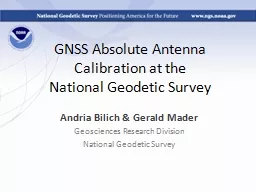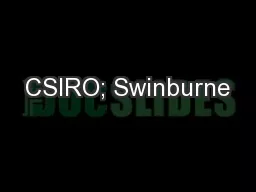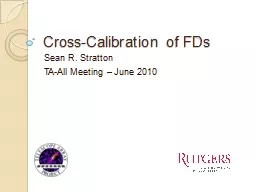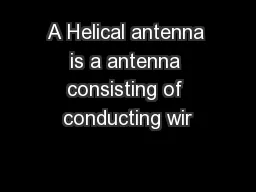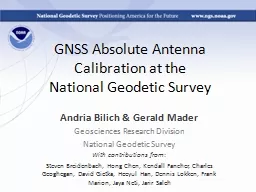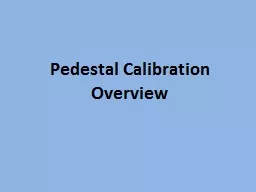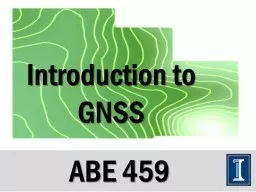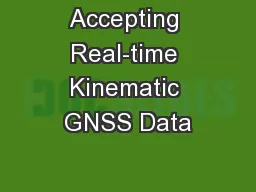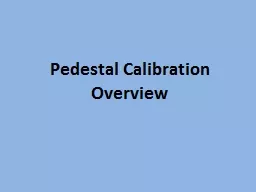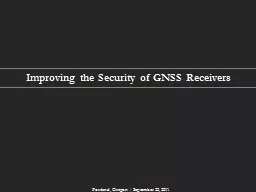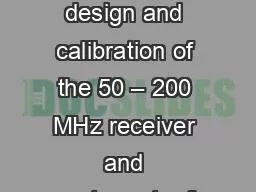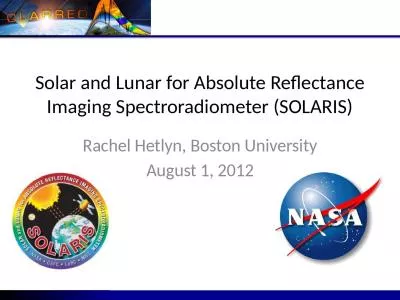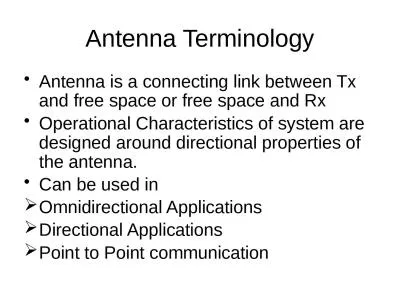PPT-GNSS Absolute Antenna Calibration at the
Author : olivia-moreira | Published Date : 2015-09-16
National Geodetic Survey Andria Bilich amp Gerald Mader Geosciences Research Division National Geodetic Survey The Antcal Team Steven Breidenbach Hong Chen Kendall
Presentation Embed Code
Download Presentation
Download Presentation The PPT/PDF document "GNSS Absolute Antenna Calibration at the" is the property of its rightful owner. Permission is granted to download and print the materials on this website for personal, non-commercial use only, and to display it on your personal computer provided you do not modify the materials and that you retain all copyright notices contained in the materials. By downloading content from our website, you accept the terms of this agreement.
GNSS Absolute Antenna Calibration at the: Transcript
Download Rules Of Document
"GNSS Absolute Antenna Calibration at the"The content belongs to its owner. You may download and print it for personal use, without modification, and keep all copyright notices. By downloading, you agree to these terms.
Related Documents

